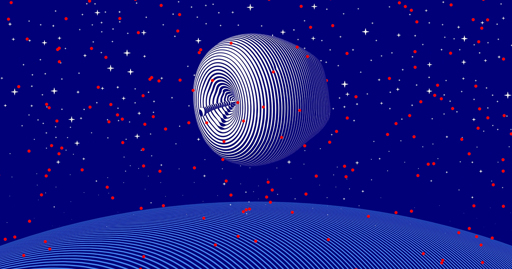This is an interesting theory, but I think it is wrong that it assumes that there is some sort of evenly distributed universal qbit substrate.
The vital question is IMHO how can this theory fit in time dilation (= gravity lensing? ), which is an obversable fact near gravity wells or at high speeds.
I find it more likely that it will turn out that even time is somehow a function of this extended concept of entropy. Like as if mass, movement (~heat) and time are three facets of the same entropic force that has an upper limit that we currently only know for movement, i.e. the speed of light.
So something moving at the speed of light must have no mass and time stands practically still for it (as the case for photons), and the more mass something has the more time slows down around it (which can be observed) and gravity is the result of entropic movement being restricted.
Under such a theory, the observable effect of mass, i.e. gravity, is basically atoms being restricted in movement and thus over time sticking together similar to particles moving around in a liquid by diffusion but some part of it is more viscous and that over time accumulates all the particles due to the sticky effect.
A star would be then a place where mass and heat/movement is high, but time is slow, and a back hole would be an extreme case that is almost entirely mass, with no movement or time possible (hence nothing can escape from it).



